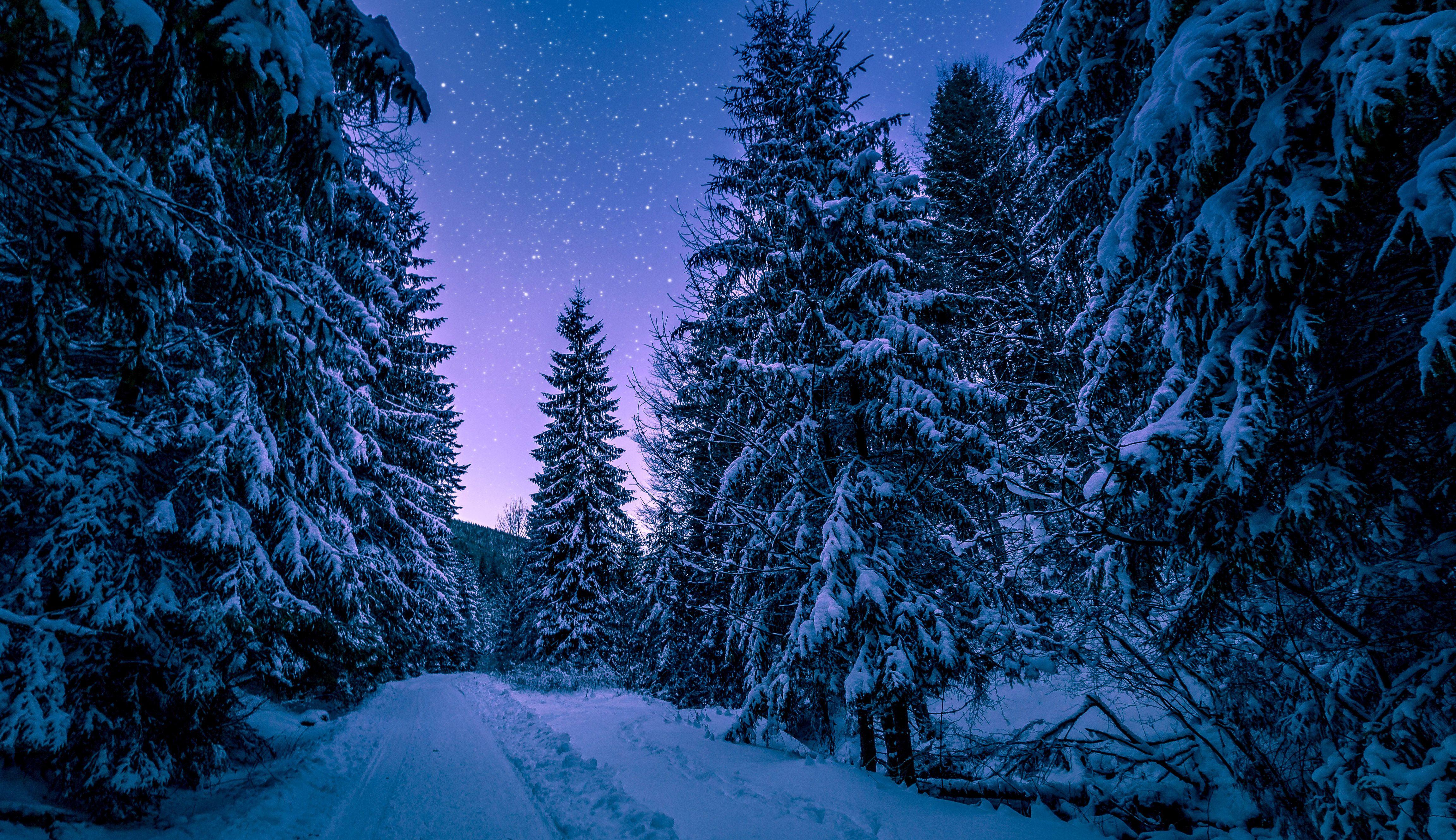Winter's arrival brings a dramatic shift in the environment. As temperatures plummet, food sources dwindle, and icy winds bite, both plants and animals face a significant challenge: survival. But fear not, nature has equipped its inhabitants with a remarkable array of strategies to endure the harsh winter months.
While animals can flee or adapt, plants are rooted to the spot. However, this doesn't make them helpless. Many plants have developed clever mechanisms to withstand the winter's wrath.
- Evergreen Advantage: Plants like holly and ivy boast a secret weapon – a thick, waxy coating on their leaves. This protective layer acts as a barrier, minimizing water loss and preventing frost damage during cold, dry weather.
- The Art of Camouflage: Some deciduous trees shed their leaves entirely, reducing the surface area exposed to the elements and minimizing water loss. By standing bare throughout winter, they conserve energy and resources until spring's return.
The animal kingdom employs a diverse array of strategies to conquer the challenges of winter. Here are some fascinating examples:
- Changing Coats for Concealment: Several animals, like the stoat, undergo a remarkable transformation. Their summer coats, typically brown and white, morph into a pristine white winter coat. This "ermine" camouflage provides excellent concealment against the snow, protecting them from predators.
- The Power of Hibernation: When food becomes scarce and temperatures drop, some animals enter a state of deep sleep called hibernation. Their body temperature plummets, heart rate slows dramatically, and metabolic processes slow down to a minimum. This ingenious strategy allows them to conserve energy and survive on stored body fat reserves until spring awakens them. Examples of hibernators include dormice, hedgehogs, and woodchucks.
- Taking Flight: The Great Escape: Birds, lacking the ability to hibernate, possess another survival tactic: migration. Many bird species embark on remarkable journeys south, seeking warmer climates with abundant food sources. Robins in England, for instance, might fly to balmy Spain for the winter before returning north in the spring.
- Seeking Refuge in a Cozy Chrysalis: Butterflies, too, have their own way of surviving winter. Some species hibernate in a sheltered location, while others transform into a chrysalis, a protective shell. Inside this chrysalis, the butterfly undergoes a metamorphosis, emerging as a winged adult once spring arrives.
Certain plants, like coniferous trees, are particularly well-adapted to survive long, harsh winters. Their needle-like leaves have a waxy coating similar to holly and ivy, minimizing water loss. Additionally, the conical shape of these trees allows snow to slide off easily, preventing branches from breaking under heavy snowfall.
Some animals, like the Japanese macaque, have developed unique behavioral adaptations to survive the cold. These intelligent primates, also known as snow monkeys, huddle together for warmth and grow thicker fur during winter. Interestingly, they've even learned to take advantage of their environment, seeking solace in natural hot springs to warm their bodies.
Winter may be a harsh season, but it's also a testament to the incredible adaptability of life on Earth. From the waxy coats of plants to the remarkable migrations of birds and the deep sleep of hibernators, nature has equipped its inhabitants with a diverse array of strategies to overcome the challenges of winter.
Tags:
Science

